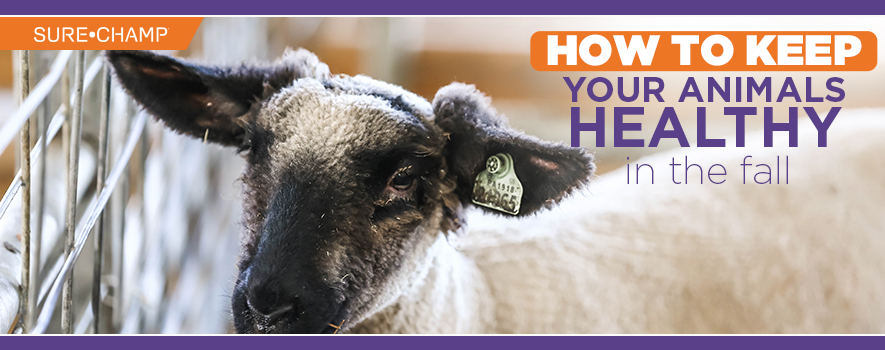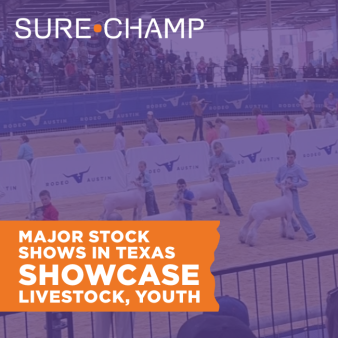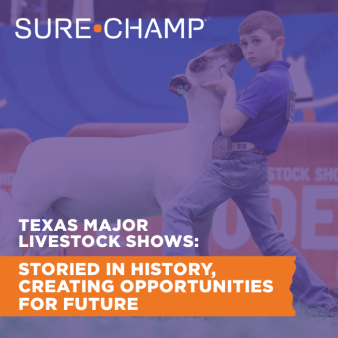
The fall sniffles. They are real for humans, dogs, cattle and swine. Take the day to night temperature fluctuations and add the stress of weaning, transitioning to new environments, feed regimens and being with new people and routines and that is a lot for a young animal. It’s no wonder that one of the most anticipated times of year becomes a time of worrying about the health and well-being of new show prospects.
Temperature swings are perhaps the biggest culprits of fall sicknesses. Some signs and symptoms to look for are runny noses, downed ears and heads and animals that simply hang off by themselves. Excessive panting or animals that quit eating are signs of an animal that is not feeling well. If you want to take your animal’s temperature, make sure to have a thermometer on hand and know what a normal range is for your species.
Bloat is another common ailment to look for with feed changes and stress. Watch for animals that look uncomfortable and are excessively full in their appearance. They need to be treated immediately. The best way to treat bloat is to drench them with mineral oil or release the gas build up with a hose and then drench with mineral oil or a combination of baking soda and water.
An Ounce of Prevention
Being proactive is the best approach to keeping your new show livestock healthy. Make sure to vaccinate calves for BRD and respiratory diseases. Any pig projects need to be vaccinated for Circo, Mico, PRRS and the flu. Practice parasite control with dewormers. And make sure to keep a watchful eye on any symptoms of illness that might occur.
When it comes to preventing bloat, make sure your ruminants like cattle, sheep and goats have plenty of hay in their daily diet. Also, as an added measure, you might want to add sodium bicarbonate or simply baking soda to their feed to keep their rumen in check.
Finally, make sure your livestock always have clean, fresh, cool water. One way to keep your animals eating and drinking is to add a dose of Vita Charge® Liquid Boost® to their water, especially during times of stress like the fall weather changes or transitions to new environments. Vita Charge Liquid Boost contains Amaferm® and MOS to support the ability to recover from the effects of stress. Amaferm is a precision prebiotic that combats stress resulting in increased intake, nutrient digestion and absorption. MOS traps bad bacteria limiting their ability to do harm. This supplement also includes organic Zinc, the antioxidant Vitamin E and B vitamins.
Keep on Hand
Regardless of how much you try to prevent the fall sniffles, you are bound to have a sick animal or two. Keep some supplies on hand for when you need to treat an animal. Be sure to have a thermometer, antibiotics, clean needles and syringes, a drench gun and the phone number to a trusted veterinarian.
Always read and follow label directions. If you are unsure of how to treat an animal, call your vet or a trusted mentor for advice. It is always a good idea to build a relationship with a veterinarian before you have a sick animal.
The fall sniffles. They are inevitable. With some proactive measures, some good prevention with Vita Charge and a good vaccination program, you should be able to prevent too many sniffles before they become a major sickness.

